DRV8825 stepper modules are low cost and high power.
These tiny chips are rated at a whopping 2.5A per phase, with the sense resistors dropping the overall module output to 2.4A per phase. 2.4A is enough current to fully drive a small Nema23 stepper.
A small Nema23 stepper (at 186oz/in@2.5A) has over twice the torque rating of a large Nema17 stepper (at 86oz/in@2.2A). You may loose a bit of overall unloaded top speed in that trade, but you will gain the ability to throw around more mass and to accelerate that mass much faster.
The DRV8825 is currently the highest power chip you can get in this form factor, but they are pushing the limits of cooling to do it. In a well ventilated case with a heatsink/fan you can generally keep them cool enough to work properly, but they will still get hot enough in normal operation to burn you.
Liquid cooling keeps them solidly at room temperature, and the exposed solderable backplane makes it easy to do it.
They are a bit slower (step timing requirements) than the A4988 based modules, and also have some flaws when it comes to microstepping.
With a high current draw (which is why you are probably using these to begin with), they can end up producing a repeating pattern on the sides of your parts. For a linear delta 3D printer this results in concentric circles, whereas on a standard cartesian 3D printer, this will generate vertical lines. This is due to how they are programmed to handle the mixed-mode decay, which can result in missed microsteps.
Switching the chips to 'fast-decay' mode solves this issue for the most part, but you will pay for it with some added hissing noise coming from your steppers. I've included this minor hack (tying pin 19 of the chip high) in the build.
For what you get for your money, the DRV8825 chips are still on the top of my list for stepper drivers.
 MasterOfNull
MasterOfNull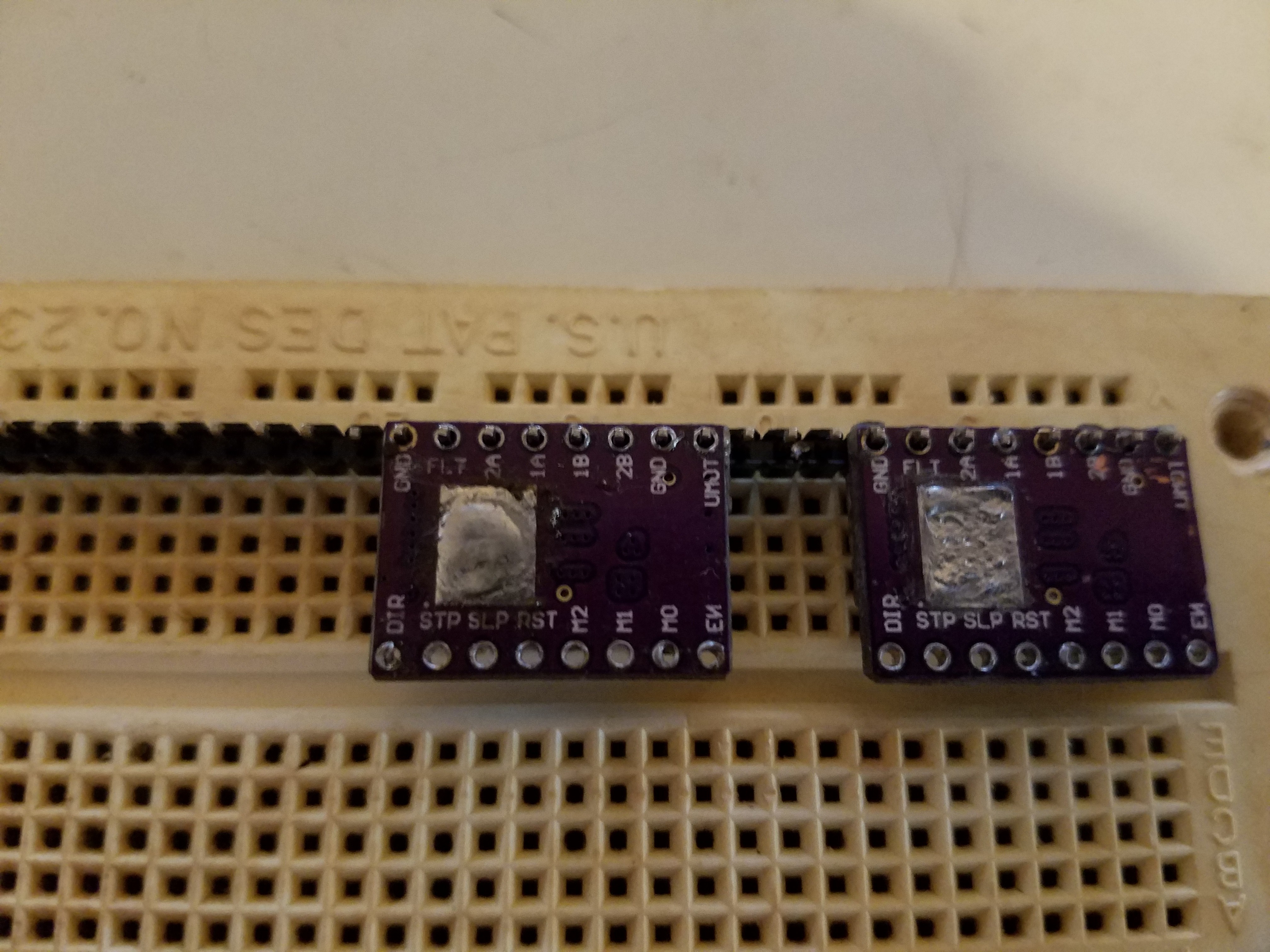
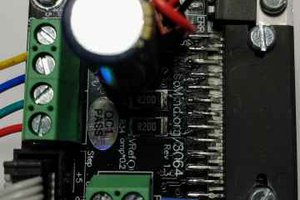
 James Newton
James Newton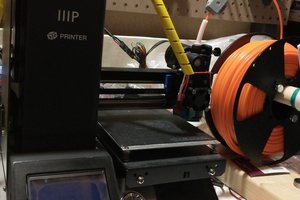
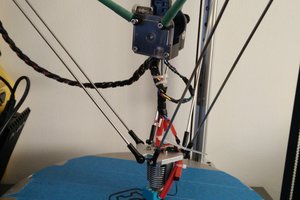
 Aaron Dominic Richmond
Aaron Dominic Richmond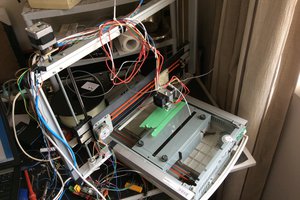
 Saabman
Saabman